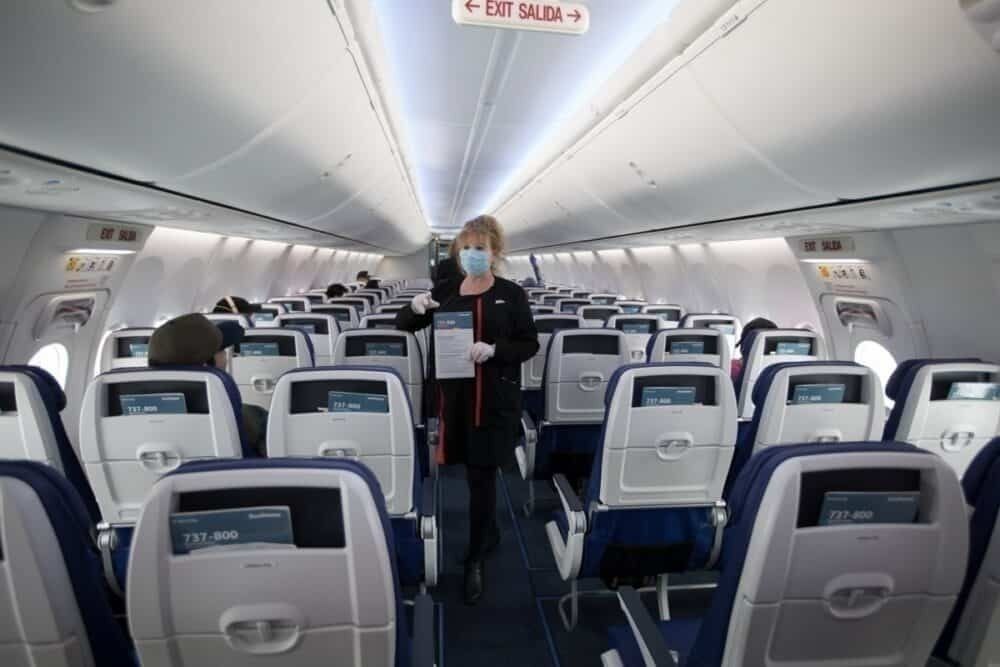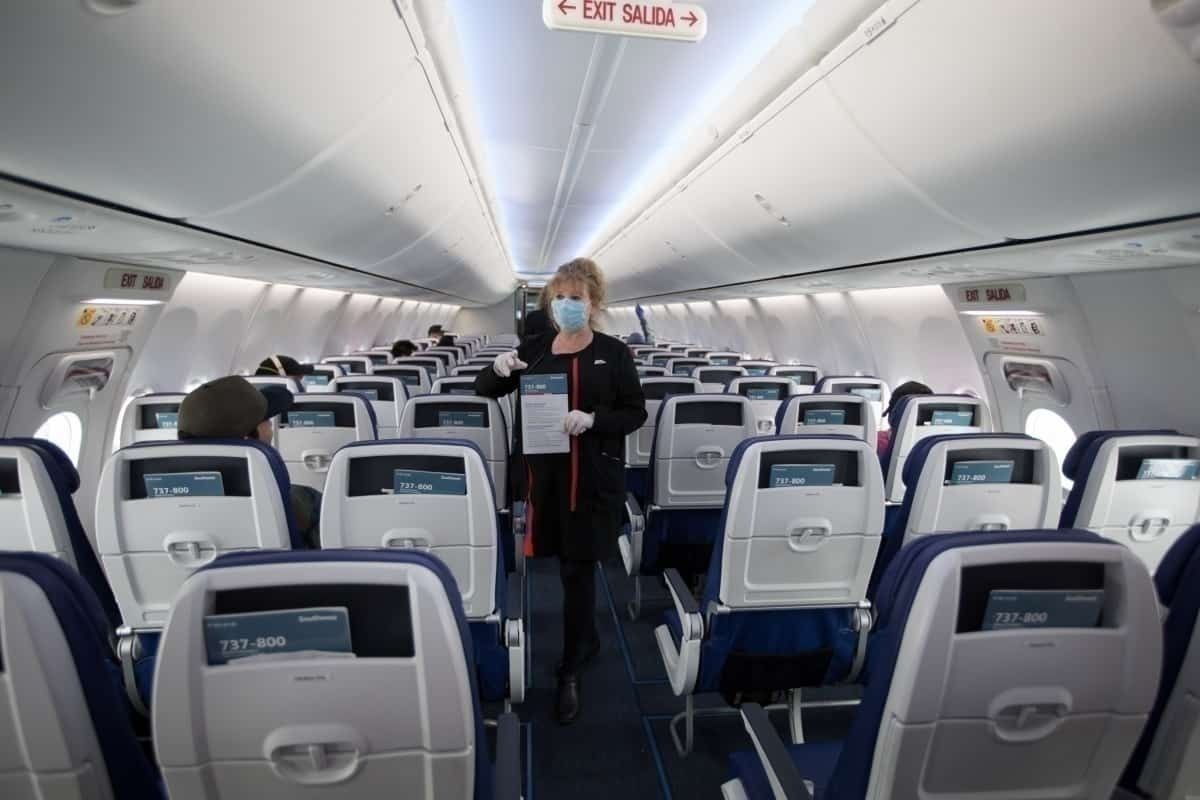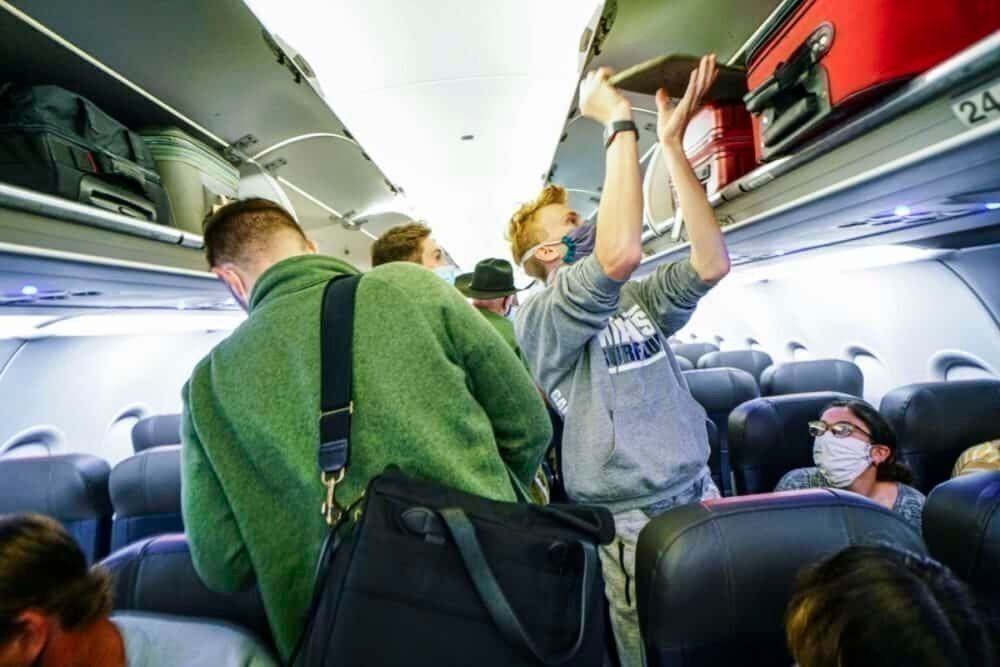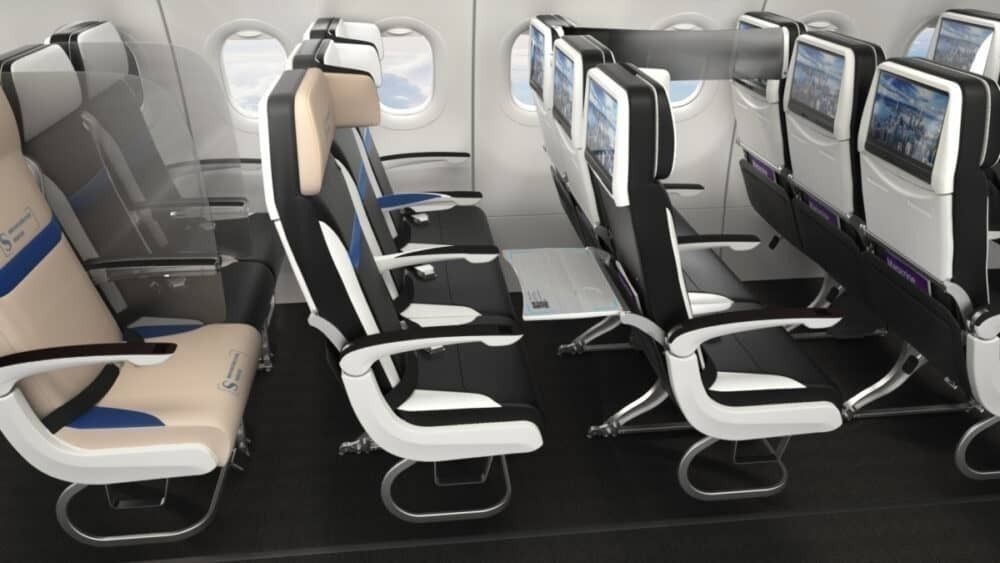Social distancing on flights has become a big point of discussion in recent weeks. A US Senator is even planning on introducing a bill to ban the sale of middle seats. What if there was a way to allow for social distancing on flights and allow airlines to operate flights profitably at the same time? The answer could lie in the form of two types of flights.
Fact: Blocking the middle seat isn't profitable
It should be evident to anyone with common sense that blocking off the middle seat for social distancing means that an airline would lose out on revenue it could have otherwise earned from the ticket sale.
Blocking off adjacent seats means that one in every three seats is 'off the market,' filling the aircraft to only 67% of its real maximum capacity. Thus airlines have three courses of action:
- Raise ticket prices to compensate for that empty seat
- Keep prices 'reasonable,' but block off the middle seat and take a loss
- Sell those middle seats
The solution: Two types of flights (or tickets)
So what if on the most popular routes with multiple frequencies, airlines could offer two types of flights? The first type of flight could be one where social distancing is guaranteed through the middle seats being blocked. Those who are particularly worried about getting to close to others can book this type of flight and pay that added cost. They would have that added peace of mind that the entire aircraft is spaced out accordingly.
Then there is the 'other' type of flight - the 'normal' one. Passengers who feel comfortable enough to board a full aircraft, where masks are mandatory, can fly for less. This would allow airlines to fill their plane to full capacity and not operate at a loss.
Perhaps one additional way to approach this is to split the aircraft into different sections and thus sell two different types of tickets. We could divide economy class into two sections- one that has the middle seat blocked off and one where the middle seat is sold.
Is it practical?
Without having full knowledge of the backend ticketing system of airlines, it seems like this idea could actually be implemented with current technology. Through particular branding and marketing, airlines would have to make it clear what type of flight or ticket passengers were paying for. Airline booking engines could have flashy icons that show the type of flight.
The apparent 'pro' with this suggestion is that passengers have a choice while potentially being able to fly with their preferred airline. Rather than having to buy a second seat for themselves to ensure more space, the cost is divided among everyone else who is choosing to fly with added space between passengers. Those who feel like masks are sufficient and would be okay to sit in a middle seat and save the money have the option to do so. Airlines are then able to satisfy both segments of customers.
One glaring 'con' is that those with limited financial resources would have no choice but to buy a cheaper ticket and place themselves at a higher risk of catching the virus. While IATA and some airlines feel like mandatory masks are good enough, some health experts disagree and are indeed worried about the sale of middle seats. If the science proves that the sale of middle seats is a risk, then this would be another case of the poor being disproportionately affected by the disease.
Another issue is that this might only be possible on routes with enough frequencies to offer two types of flights. Anything that is less than once per day might be an issue - especially for transfer passengers.
In the end, this is really just a thought experiment that underlines the battle between airline profitability, passenger-peace-of-mind, and the science behind the transmission of a contagious disease.
How do you think airlines should approach the demand for social distancing while trying to remain financially viable? Let us know your thoughts in the comments.



